
Flatbed report: John Deere lays off workers amid rising tariff costs
House Ways and Means Chairman Jason Smith recently highlighted the potential benefits of President Trump’s trade agenda in an op-ed

House Ways and Means Chairman Jason Smith recently highlighted the potential benefits of President Trump’s trade agenda in an op-ed
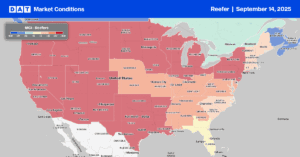
New York, a top apple-producing state, offers a diverse selection of apple varieties, both classic and new. The apple season

The August Logistics Manager’s Index (LMI) saw a slight increase of 0.1 points from July, reaching 59.3. This minor change
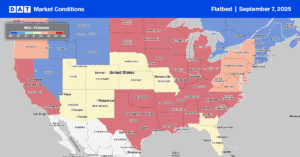
Mark Zuckerberg announced last month that Meta Platforms plans to invest hundreds of billions of dollars in constructing several large
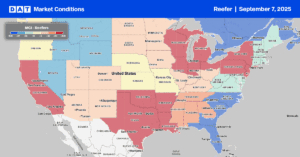
The 2025 potato season in Washington and Oregon is projected to see a slight decrease in shipments despite a favorable
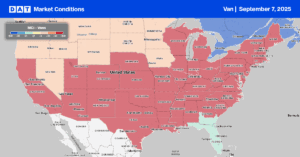
Market analysts are closely monitoring the demand for cardboard, especially in the corrugated sector, as an unconventional yet significant economic
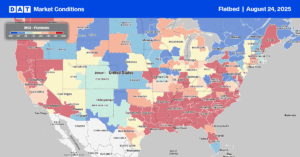
Single-family residential construction showed modest improvement in July 2025. Single-family housing starts rose to a seasonally adjusted annual rate (SAAR)
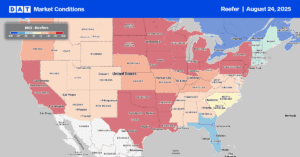


On the cost side, staples like beef, coffee, eggs, and cocoa have risen sharply, with food costs up 21% over
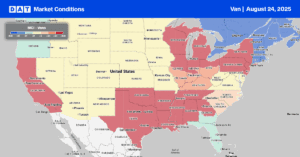


The trucking ton-mile index revealed a continued weakening of seasonally adjusted freight demand in June, with activity declining 0.2% from



The U.S. blueberry picking season typically spans from June to mid-August, with regional variations. Southern states like Florida and Georgia



In Q2 2025, the U.S. Bank Freight Payment Index showed the first signs of recovery in the freight market after



North American commercial vehicle demand continued to soften in July, with Class 5–8 truck orders totaling 26,200 units, a 10%